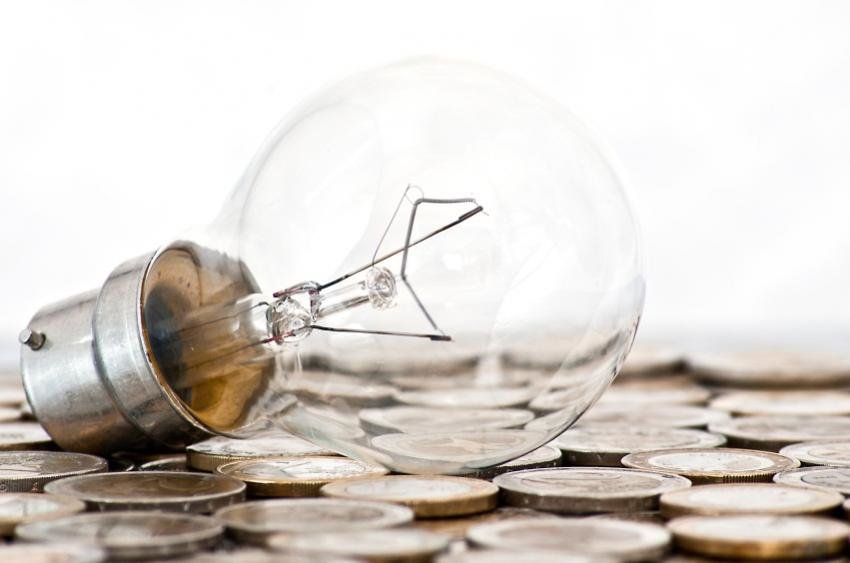EnergyCoin – smart subsidy

A wise person once said: “You don't know what you've got until it's gone”. But the extraordinary scenes on Sunday in the Majlis in respect of Iran's budget due to the subsidy question reminded me of the converse saying: “You don't know what you haven't got until you see it”.
The Fintech boom
In the same way that the Dot Com bubble of internet ventures saw a cloud of apparent wealth appear only to evaporate, so it is that a flood of new investment is creating a new and global Financial Technology (Fintech) industry.
But what has completely caught the world's imagination is the wave of new Coin instruments giving to investors an entirely new way to pour money into exciting new ventures with the prospect of extraordinary profits in a very short time. Iran's Central Bank has so far very wisely discouraged Iranian Fintech ventures from straying into this regulatory minefield.
However, Iran's friendly competitors in the oil world have not been so careful. In Venezuela we see President Maduro launching a Petro crypto currency based in some way on oil in an attempt to raise investment, while President Putin’s Russia and numerous other nations consider state e-currencies. Meanwhile literally hundreds of Coins apparently based on energy spring up like weeds to compete with each other.
The problem with Coins
The problem with the current wave of Coins as currency is firstly, that some – such as Bitcoin are based on an economic assumption that in order to be valuable in exchange a Coin needs only to be scarce. In fact, as currency becomes a scarcer and increasingly valuable asset, so it becomes increasingly useless in payment, as people tend to hoard it.
Secondly, the legal design of other Coins is such that they have no enforceable legal claim over any asset and their value is therefore purely subjective.
In reality, anyone will accept a Coin as currency in exchange for value if he knows he can use it later to pay for something useful. So it is possible to imagine a TehranCoin which is accepted in payment because it may be used in Tehran towards payment for (say) 1 Riyal's worth of accommodation (an everyday need) or other fruits of land use, such as food.
But the most generally acceptable Coin (independent of location) is an EnergyCoin which is returnable in payment for energy use.
EnergyCoin
Energy comes in many forms, but not every form is useful to the average person. Very few people have a use for energy in its raw form such as oil, gas, electricity, or even fuels such as gasoline. Most people use energy as a service, such as heat or cooling, transport/mobility, light and radio waves. So in order to be acceptable to the average Tehrani an EnergyCoin must be returnable (alongside Riyals) in payment for such utility services.
Why then should Tehranis trust such Coins? The answer is that EnergyCoins would be issued transparently by energy companies under professional management and with supervision by Iran's Central Bank as Monetary Authority. EnergyCoins will then be accepted by transport & energy utilities in payment, because these utilities in turn will be able to return them in payment for fuel to (say) NIOC.
Smart subsidies
My recommendation to the Majlis Committee examining this subject is to convene an EnergyCoin Commission including business experts from the Education & Research Institute-Iran Chamber of Commerce, Industries, Mines & Agriculture (private sector) , monetary experts from the Central Bank, energy experts such as from the Research Institute for Energy Management & Planning (RIEMP-public and academic sector) of Tehran University, and finally, international experts in ICT and legal design including Petro Scotland - the founders of the Caspian Energy Grid.
This EnergyCoin proposal is as follows: firstly, to raise a levy or tax on all carbon fuels, beginning with a small levy and gradually increasing the levy over time until Iran's domestic prices are equivalent to the highest in the world, such as in Norway – another major oil producer.
This will result in the collection in a Central Bank account of an increasing Energy Pool fund in Riyals. Then an Energy Dividend of EnergyCoins will be issued to all Iranians which will be available to pay for domestic energy and transport.
As a result, the domestic element of a wave of investment in new and energy efficient infrastructure may now be funded by the Central Bank by Riyals from the Energy Pool. International investment will be invited through Smart Swaps: so use of new and efficient power generation may be supplied as a service to NIOC with gas savings shared. Or car producers could be invited to supply mobility as a service, with the use of the car fleet swapped for Iran's oil and gas.
The list is long of opportunities for energy efficiency produced by the intellectual Fifth Fuel which Iran possesses in abundance.
So to conclude, in line with Iran’s resilient economy policy (creating jobs and manufacturing in Iran), Caspian Energy Grid founders would be pleased to assist the Majlis in their task of budget scrutiny and economic policy development in any way possible, and believe that the EnergyCoin proposal offers a way for Iran, and fellow major producers such as Qatar and Russia to collaborate in this crucial policy leading to introduction of a new international EnergyCoin clearing union and platform.
Chris Cook is a former director of the International Petroleum Exchange. He is now a strategic market consultant, entrepreneur and commentator. He is also a senior research fellow at University College London and Director of Petro Scotland.
Leave a Comment